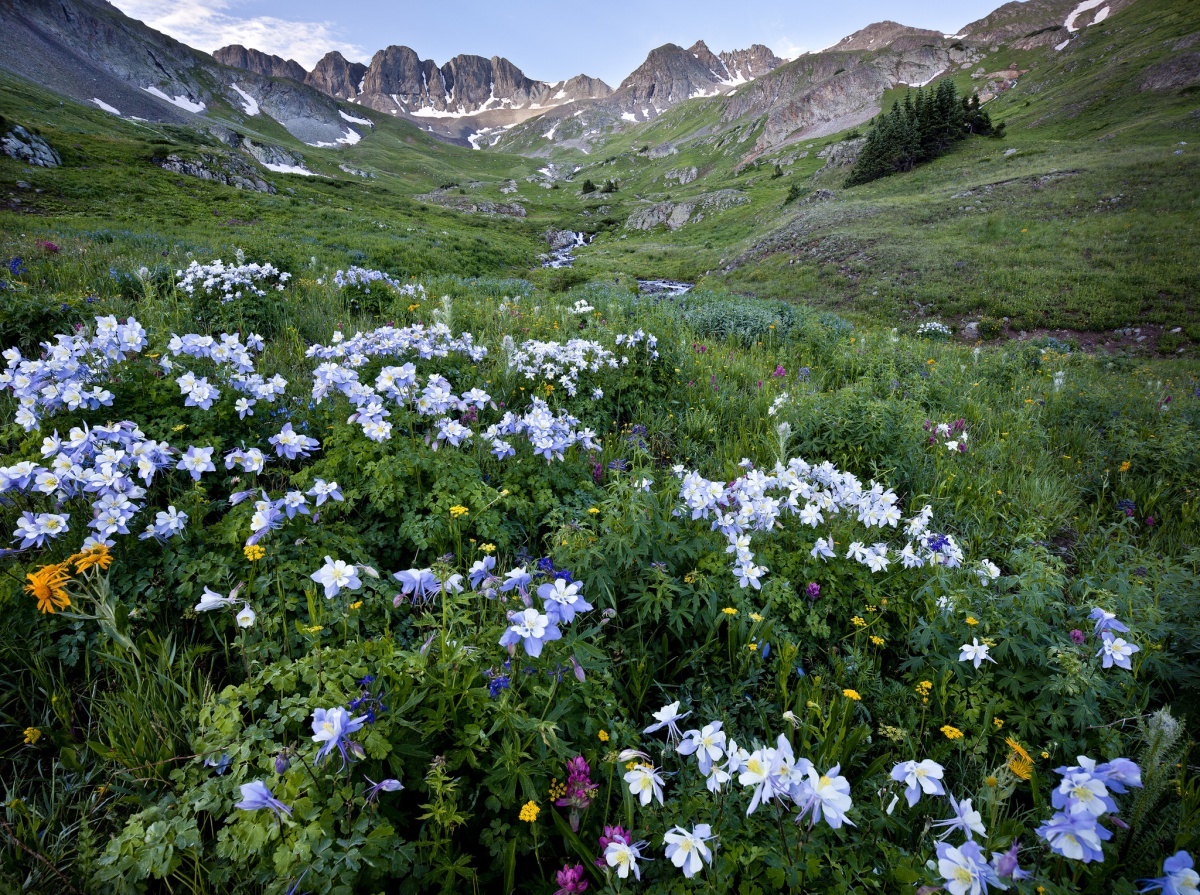How does ground level ozone affect plants and ecosystems?
Think about this in terms of tangibility. The ozone is invisible, but the damage can be seen on the surface of leaves, and eventually leads to affect other systems on a global scale, such as carbon and water cycling. This is air pollution manifesting as tropospheric ozone which hurts Colorado’s gardens and plant life along the front range, and vegetation globally.
Here is a link to more information regarding the science behind tropospheric ozone: https://climatechange.teachingethnography.buffscreate.net/wp-admin/post.php?post=17&action=edit
The brown spots you see below in this photo, taken by Danica Lombardozzi, are a result of tropospheric ozone damage on the surface of this potato plant.

Understandings regarding ozone can be confusing. Most people think of ozone as being something that is good. In the stratosphere, the secondary layer of our atmosphere, the ozone is very beneficial because it protects the earth from harmful rays of UV light from the sun. Life on earth would not be possible without ozone. The ozone chemical compound is benefitting life on earth in this way, however, the same chemical compound when breathed on the surface is very harmful to all life. In this way, ozone is toxic to humans and to plants. We can see how the harmful molecule affects plant life by brown spots that are left on the surface of vegetation.
At the ground level, the ozone is toxic and that is why the damaging effects heavily impacts plant life; because of the toxic concentration on the surface of our planet, caused by air pollution.
The damage which appears on the surface of the vegetation is caused by tropospheric ozone which goes into the leaf and damages cells which disrupts the process of photosynthesis and causes the brown spots. The cells of the plant die from this damage. When the ozone damage becomes too much to handle for plant cells, entire sections of the leaf will die and can appear on the underside of the leaf as well.
This effect can be seen directly on sensitive plants, in gardens and on farms where ozone levels can be high, like in Colorado. One passionate, front range local researcher set out to explain this happening on a larger scale in an amazing project, the ozone gardens. Danica Lombardozzi, who is conducting this research for the National Center for Atmospheric Research, planted the ozone gardens which are displayed at the Natural History Museum on the CU Boulder campus. This model encourages educational outreach to the public about the causes and effects of ground level ozone on our gardens.
She asks the bigger questions, like how are people directly influencing ecosystems? This ozone garden model serves as a small scale experiment for what is happening on our planet at large. Her plants are a part of a nationwide networking system of ozone gardens that allow other researchers, like herself, to communicate and study the results of what they are witnessing. This network provides an educational representation which shows and explains the impact pollutants have on crop productivity and the global climate.
Farms all over the world are effected by tropospheric ozone, and many farmers do not even know.
“Even if the farmer doesn’t know why their crop is not performing well, they might say the seed variety isn’t working and try a different one when the real problem is tropospheric ozone.” – Danica Lombardozzi
Globally, there are a very small number of tropospheric ozone recordings. Monitoring this type of ozone is more common in the U.S. and U.K. However, no matter where one finds themselves in the world, the damage on plants from tropospheric ozone can now be identified because of scientific research which is easily accessed by the internet’s online networking sources. This can as well be observed in nature. Go outside, look at the plant life in your community, do you see the affects of tropospheric ozone?
This is a call to take action by NCAR researcher Danica Lombardozzi, and others like her. By providing this model, other people around the world can gather understanding of what tropospheric ozone is and how this is affecting their communities.
For more information about Danica’s ozone garden projects, follow the links below:
https://scied.ucar.edu/blog/boulder-s-ozone-gardens
https://ncar.ucar.edu/what-we-offer/education-outreach/public/ncar-explorer-series/ozone-gardens
Calculate your carbon footprint:
https://www.conservation.org/carbon-footprint-calculator#/individual?zipCodeInfo=1906.2696
